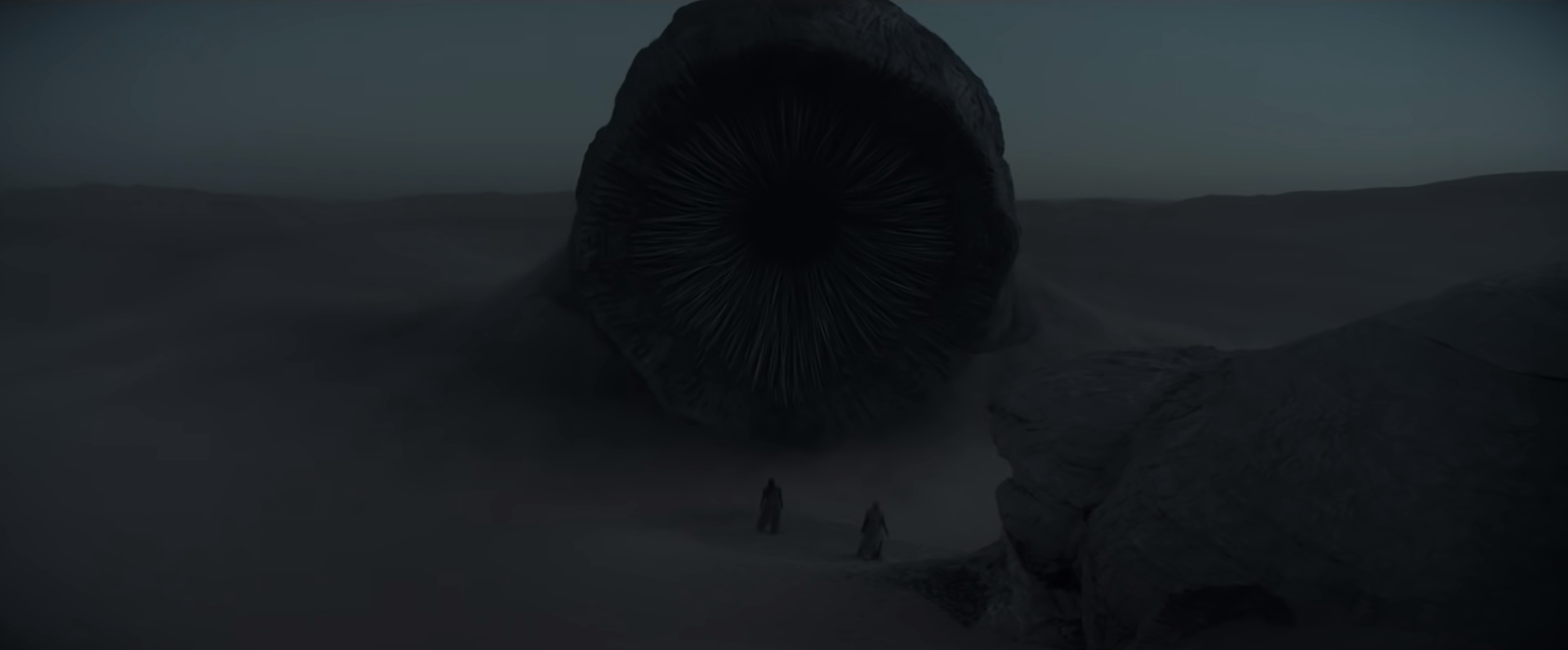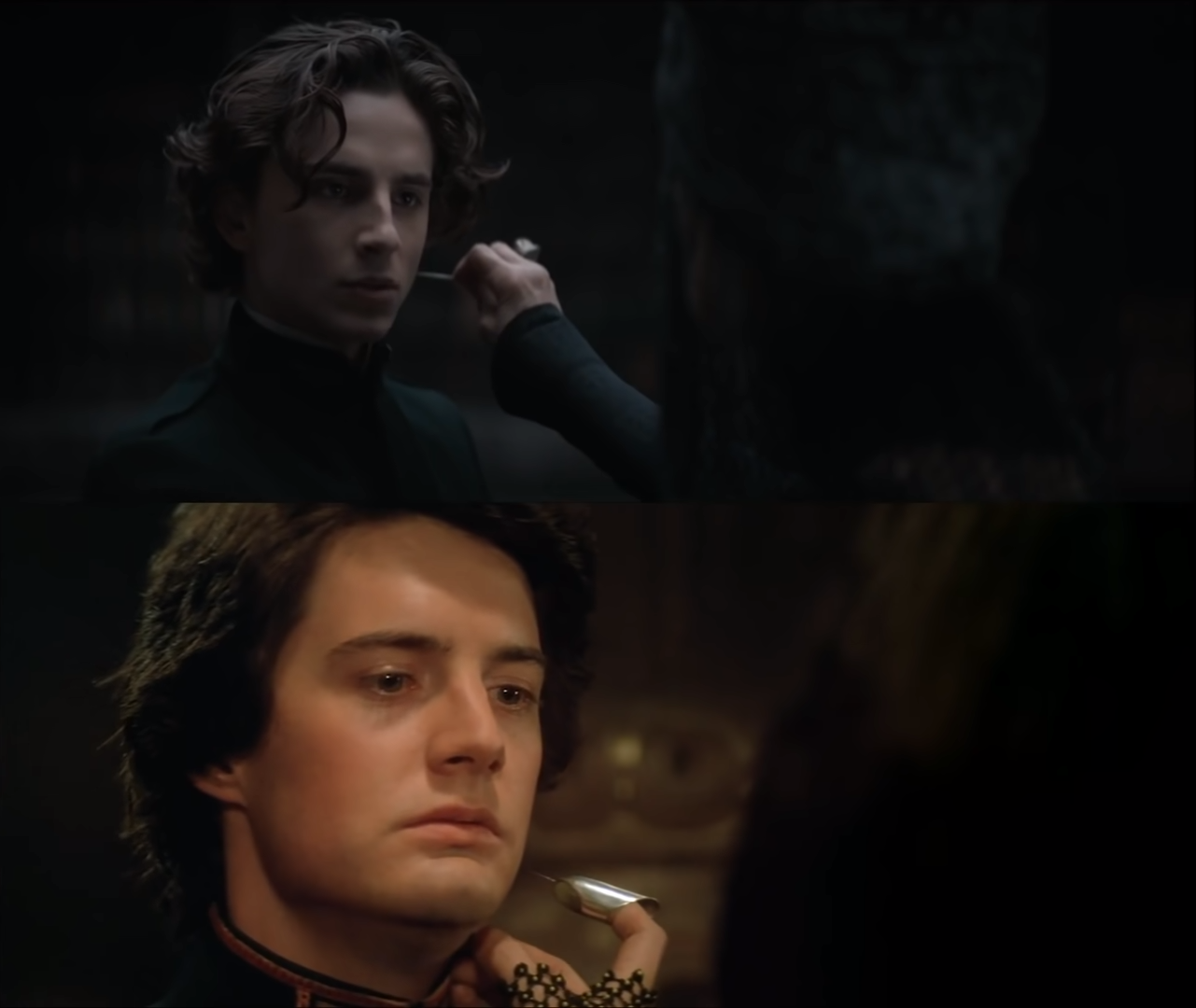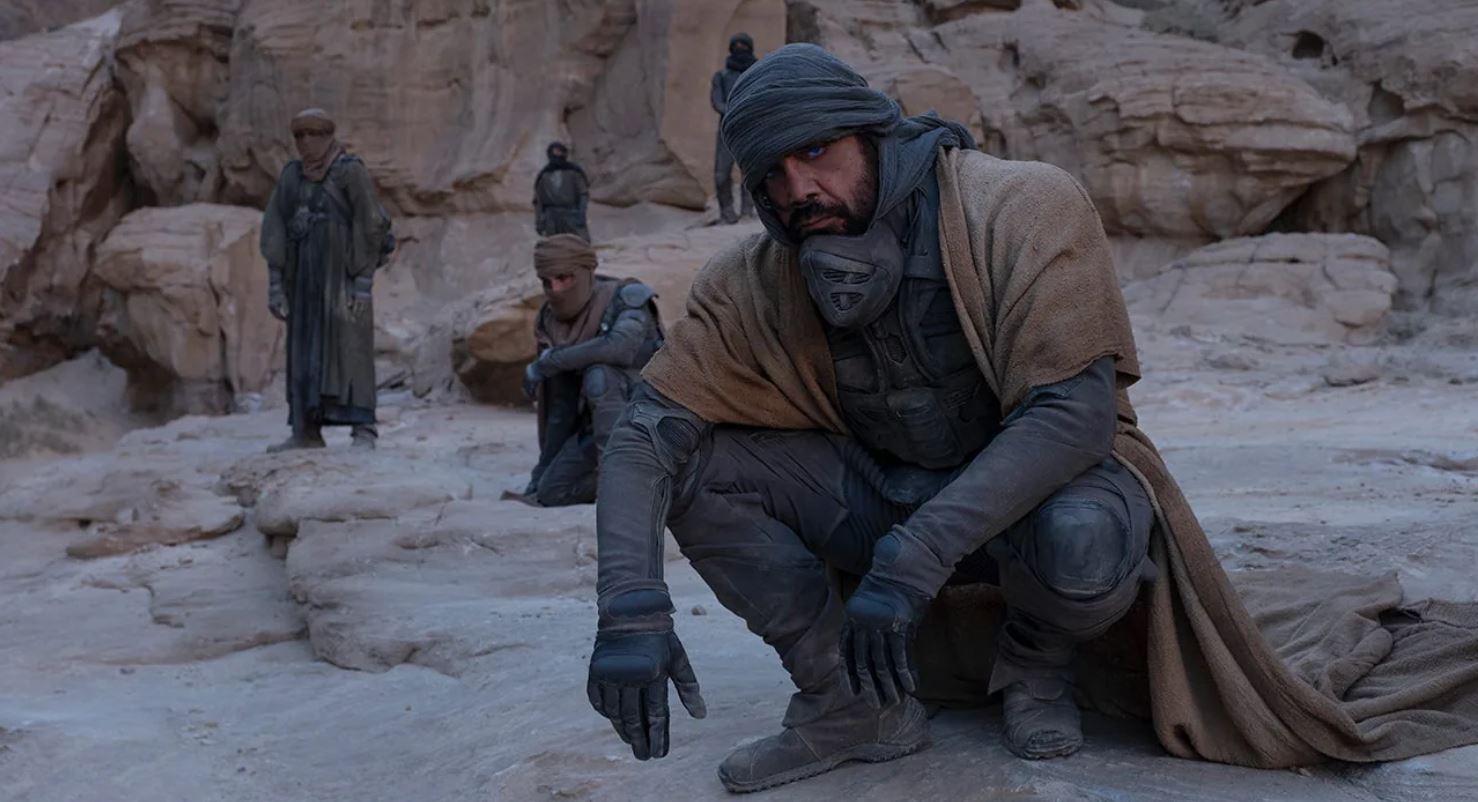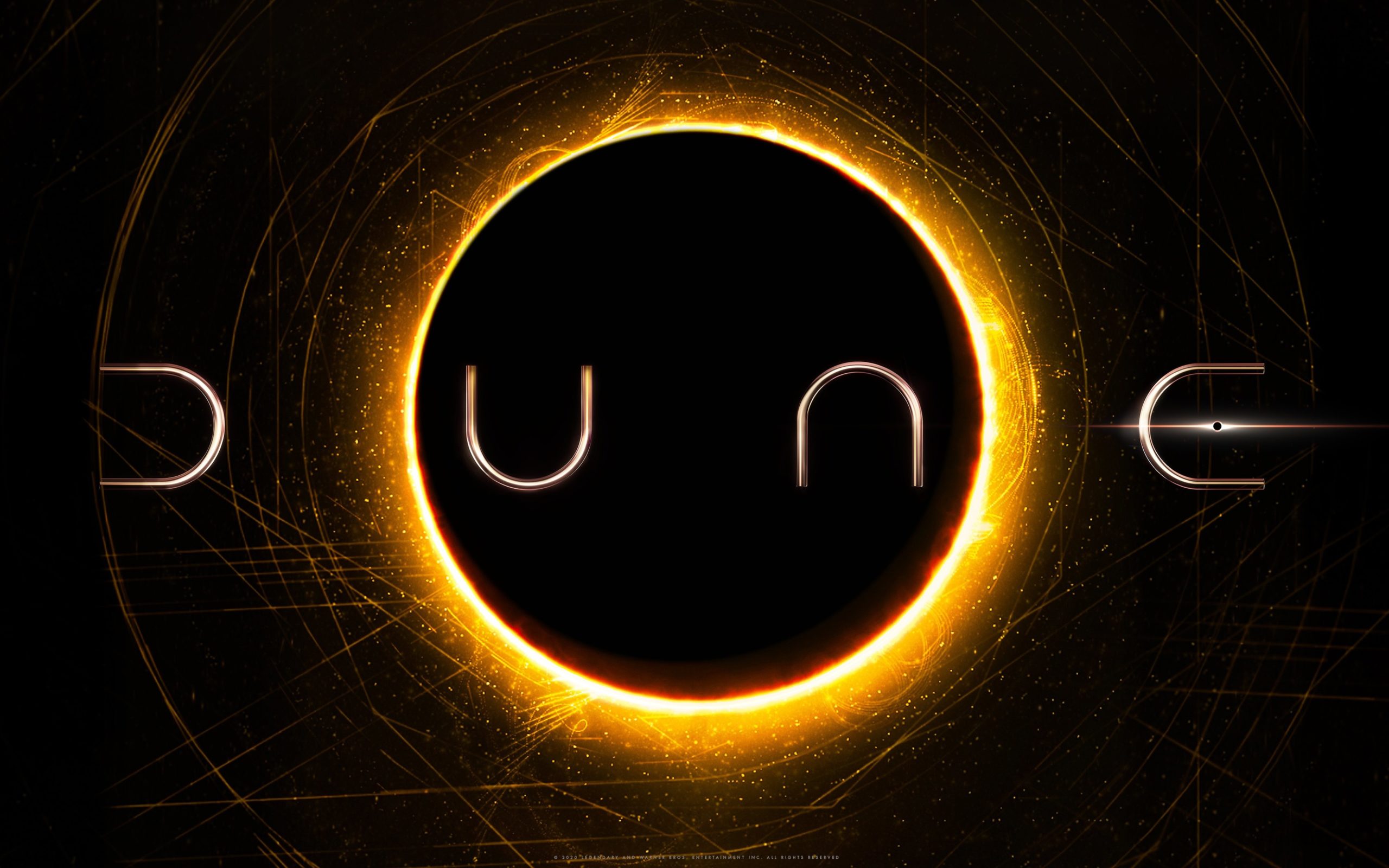Dune, based on the novel of the same name written by Frank Herbert in 1965, depicts a complex story with a lot of similarities to present-day society. It is set in the year 10,191 when human beings have spread throughout the universe. They fight for control over a very special edible resource called “the spice”, thanks to which they can live longer, comb through space, and travel very fast through the universe.
Let’s set the record straight on Dune’s original idea
It is impossible to write a review about Villeneuve’s Dune without mentioning David Lynch’s version. After the 1984 premiere, its commercial reception was so negative and the critics so harsh that the master of Missoula disowned the film. The main reason was a very common situation in the art world: producers or patrons usually demand a unique artistic vision, but those visions often have to fit into narrow boundaries. Once changed to fit those confines, the products do not express everything directors originally wanted to tell.
Lynch wrote the script together with Brian Herbert and shot a film eight hours long, reduced to five hours by himself after editing it. The problem was that producer Dino De Laurentiis refused to release the film due to economic matters. For Lynch’s part, he also refused the 137-minute version of the film that was finally released in theaters.
Several troubles can be found in this picture due to the drastic cut it suffered. One of the worst is that the story is so fragmented that it is very difficult to follow. A bunch of characters, planets, and ethnicities are presented at an extremely accelerated pace. At some point, you just miss the point the film is trying to make. You start to see big worms, an incomprehensible romance, and a pointless war depicted in Lynch’s film.
Aesthetic in Villeneuve’s Dune
What Villeneuve does with his latest blockbuster is apply logic to Lynch’s universe. The Canadian director has his own point of view marked by megalomania, shocking aesthetics, and a thunderous soundtrack. In this way, it is related to other movies directed by him, such as Arrival (2016) or Blade Runner 2049 (2017). All these features play an important part in making his films more powerful.
When it comes to making an impact upon the spectator, Villeneuve has become a true master of the film craft process. The perfect use of lighting and shading, isolating characters in vast landscapes, combining a dark ambience with expressive colours, and the astonishing sounds that accompany these scenes make the director’s oeuvre a sublime piece.
If he were an architect, he would build neither small structures, nor habitable houses, but big, contemporary cathedrals that overwhelm whoever was inside of them. In his eagerness to create powerful, long-lasting images, he could not have better accomplished his purpose.

The storytelling inheritance from David Lynch is too obvious
Storytelling is trying to be as powerful as aesthetics, but in this way, David Lynch’s work is much better. What bothers me about the 2021 movie is that every single important scene that tells us something interesting is exactly the same as the 1984 version. Atmosphere, performances, and even camera angles are a clear copy of the film from the ’80s.
Don’t get me wrong, the actors’ performances are great. Timothée Chalamet couldn’t make a better impression on me. Javier Bardem is stellar, as always. Zendaya, even though she has a short part in this first movie, plays her cards brilliantly, transmitting that intended oneiric touch. And Stellan Skarsgård, who plays the role of Baron Vladimir Harkonnen, holds a strong resemblance to Marlon Brando’s Colonel Kurtz in Apocalypse Now (1979), which is a great reference.
Nonetheless, while I was watching them, I had the feeling that the director didn’t take advantage of their talent because every shocking scene that could have been great with a different touch, I had already seen in Lynch’s movie. The test that the Bene Gesserit (Charlotte Rampling) gives to Paul (Timothée Chalamet), the first time he inhales the spice, or when he puts on the Arrakis’ stillsuit for the first time is the same in both pictures, almost frame by frame.

Otherwise, what the version from the director of Quebec improves in relation to the original is the narrative structure. On the one hand, as I have mentioned before, one of 1984 Dune’s biggest flaws was the chaotic structure, which might make you feel bored and lose the thread at some points. On the other hand, the tempo is almost perfect in the 2021 version, the story is well told, and the slow transition between scenes makes sense. Even if you might sometimes experience a glimpse of boring, — maybe, due to the long duration of the movie — I think that the slow pace is coherent and helps to better depict the whole universe, making the story way more understandable than Lynch’s version.
A geopolitical and Islam-inspired theme
Apart from noticeable Hispanic representation, Dune also borrows heavily from Arab, North African, and Islamic culture references. A lot of words used by the Fremen — people of the desert — are directly borrowed from Arabic, for instance: Jihad (holy war), Lisad al-Gaib (teller of things yet to come), Alia (the elevated), Gom Jabbar (mighty people), Caid (leader), Muad’Dib (teacher), among many other terms.
Moreover, the Fremen themselves are depicted as people who live in the desert, dressed like many tribes actually living in the Maghreb area. However, there is not a single Arab actor or actress in this Hollywood production. It is shot in the United Arab Emirates, the characterisation of the actors is Arabic-like, so it wouldn’t be unreasonable to include at least one person who would have perfectly fit in the role.

There are obvious parallels between the fight for power with the objective of taking control of “the spice”, and historical moments from the last 60 years in the Middle East: wars, coups, and fights between countries with the foreign support of great nations, which have their own interests in exploiting the resources of the affected area.
Summing up
Villeneuve’s Dune is a masterpiece for its crafting process. It has a huge visual impact upon the spectator, catchy images, and breath-taking scenes that will shock you and make you enjoy the movie.
Nevertheless, if you know something about Frank Herbert’s novel, and especially if you have seen David Lynch’s movie, you will find a lot of similarities between both pictures. Maybe you will find it interesting because the use of CGI is improved and the final result is awesome, but it will bother the most purists.

Comments